9 Nights / 10 Days
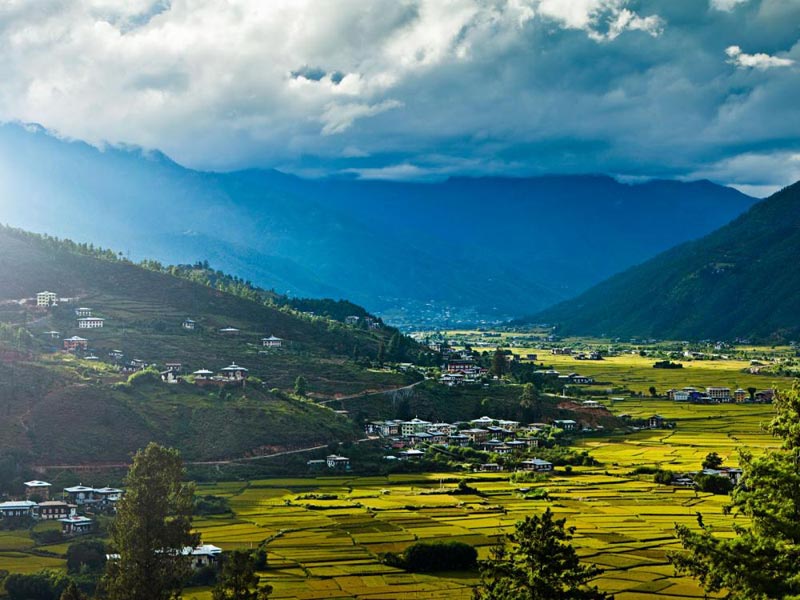
Paro valley encapsulates are rich culture, scenic beauty and hundreds of myths and ends. It is home to many ofBhutan’s oldest temples and monasteries. The regions in white glory at the western end of the valley, its glacial waters plunging through deep gorges to form the Pa chu (Paro River). The Paro valley is one of the kingdom’s most fertile, producing the bulk of Bhutan’s famous red rice from its terraced fields.
After lunch Visit the National Museum (Ta-Dzong). This was actually the watch Tower of the Paro RinPung Dzong. It was converted into the National Museum in 1968. Rinpong Dzong. This massive fortress is located in the Paro valley and houses the District Administration office and the Monk Body. It was built in 1645 AD. Night halt at hotel in Paro.
Drive from Paro to Thimphu, a distance of 65 km and journey time of approximately 2hrs. You will drive via Chhuzom joining point of Pachhu and Wangchhu (Chhu means “river” and Zom means to join”) because Bhutanese tradition believed that such a joining of rivers as inauspicious. There are three chorten (stupa) here to ward away the evil spells of the area. Each stupa is in a different style: Bhutanese, Tibtan and Nepali and also these three Stupas represent the heart, soul and mind of the Lord Buddha. A check point here keeps track of vehicle movements. From the confluence after an hour you will reach to Thimphu Capital of Bhutan. Thimphu is the centre of government, religion and commerce. The town for Bhutanese standards, relatively lively and displays an interesting combination of tradition modernity .Home to civil servants, expatriates and the monk body. Thimphu maintains a national character in its architectural style. Lunch in Thimphu.
After the lunch half day sightseeing of Thimphu including National Library: was established in 1967 to preserve many ancient Dzongkha and Tibetan texts. Most of the collections are about Buddhism and Himalayan histories.Painting School: It operates under the National Technical Training Institute and offers a six years course that provides instruction in many of Bhutan’s traditional arts to students from throughout the country whose aptitude is more artistic then academic. You are allowed to visit the classes and watch how the students are working. It will be very interesting to see institute of thirteen different arts & crafts.Folk Heritage Museum.
A tour of this almost living museum will give you a glimpse into the way most Bhutanese lived then, and how many rural people still live today. You will express a real life style of the Bhutanese people in the rural areas around the country.
Textile Museum: is opened in June 2001, is worth a leisurely visit to get to know the living national art of weaving changing exhibitions introduce the major weaving techniques style of local dresses and textiles made by women and men. Over night at hotel in Thimphu.
Drive north of the valley towards Dechencholing (the residence of the Queen Mother) Palace, following the Thim-Chu. The transport will reach you up to Kabisa village, the last motor point. From here, the trek starts towards Shong Pang which takes about 4-5 hours through villages. The camp will be just above Chamina village.
The trek trail ascends gradually up till you reach the pass called Sinchula which is about 3,490m. From this point, if the weather is clear, one can see Phajoding Monastery which is just above Thimphu. After 2 Km walk, you can view Thinley Gang village, Talo Monastery and the motor high-way towards the ancient capital of Bhutan. The trek from the pass is more or less downhill till you reach the camp site.
The trek to Chorten Ningpo is rather gradual and will be walking through thick forests, villages and rice fields. The camp site is at an Alt. of 2,700 m.
For about 2-3 hours the trek trail will be through several villages until you reach a motor road. From the motor road, you will follow the road towards Punakha which is the ancient capital of Bhutan.
Follow the motor road till Punakha Dzong and then cross the Pochu River (Male River), the river that drains the remote Lunana region, You will have a steady half day climb into a forest of scattered long needle Chir Pines. Make sure to fill your water bottle before leaving Punakha, as there is no water on the way for a couple of hours. You will have a wonderful view of Punakha valley and the Dzong. If the weather is clear, you can see some snow mountains to the north. The camp site is near Limukha village.
The trail descend through the thick forest leading to a small monastery dedicated to a lama called Drukpa Kuenlay (popularly known as the Divine Madman). From Chungsakha you can look across the valley to Samtengang on the ridge to the south. Walk down hill till you reach the motor road and then drive for about half an hour to Wangdiphodrang and Drive to Thimphu (3 hours) over night at hotel in Thimphu.
Morning 1 hour drive to Paro and hike to the Taktshang ( Tiger’s nest): The climb up to the monastery is less than 3 hours and 2 hours for return journey, total 5 hours of walking. After 3 hours of climb, you will reach to the view point at the en route you will enjoy stunning views of the monastery, where Guru Padmasambhava landed on a back of a tiger in the 8th Century, and meditated for three months. The monastery was later built in this holy place in 1684 by (Governor of Paro). The Taktsang monastery has been recognized as the one of the holiest place in the country. It has become important pilgrimage site for Bhutanese people and the Buddhist neighboring country. The monastery was destroyed by the fire in 19th April, 1998 and again reconstruction started on an auspicious day in April, 2000 and authentic replicas of the original structures have been built. It is worth to visit this monastery and gives you a big memory in your life time.
Return.
Bhutan Extreme Trips is a Company Having An Excellent Service in Making Tour Programs Successful for Any Visitors to Bhutan. the Quality Services and Happiness of Our Guest are Never Compromised At Any Cost. bhutan Extreme Trips is Well Recognized for Its Services in Terms of Tour Operations, Free Ticketing Services Without Any Service Charges, Car Rental Services and Selling Stationery Items At Reasonable Rates Which are Much Cheaper Than Market Rates. \r\n\r\nwe Believe in \"grow Slow But Grow Wider\". We Don\'t Rush with Hectic Work But Keeping Working Until Hectic Works are Done Well. bhutan Extreme Trips is One of the Private Firms Where Employees are Given Opportunities to Work Without Giving Much Pressure. Training is Kept Open for Their Learning and to Enhance Their Knowledge. the Work Environment is So Pleasant Where Employer and Employees have Equal Chance for Growth. Learning and Sharing for Betterment of Oneself and to Achieve the Company Goal. we Welcome One and all to Experience Our Quality Services. Tashi Delek Read More...
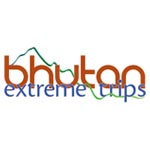
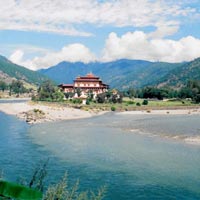 15D/14N
15D/14N
 7D/6N
7D/6N
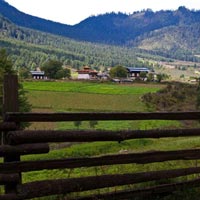 16D/15N
16D/15N
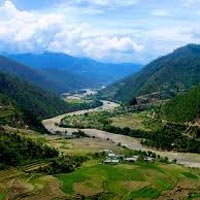 5D/4N
5D/4N
 11D/10N
11D/10N
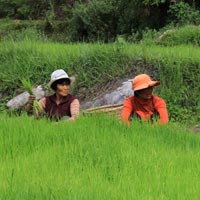 12D/11N
12D/11N
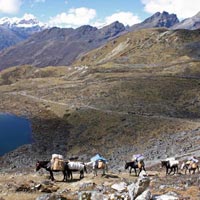 24D/23N
24D/23N
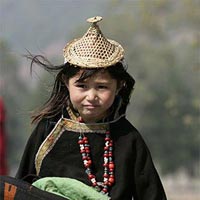 22D/21N
22D/21N
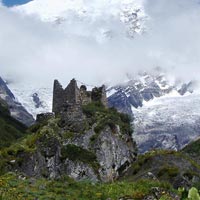 11D/10N
11D/10N
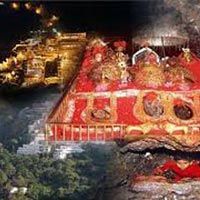 10D/9N
10D/9N
Srinagar - Anantnag - Patnitop - Jammu - Baramulla
 10D/9N
10D/9N
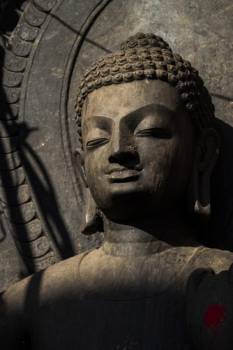 10D/9N
10D/9N
New Delhi - Varanasi - Bodhgaya - Rajgir - Nalanda - Patna - Vaishali - Kushinagar ..
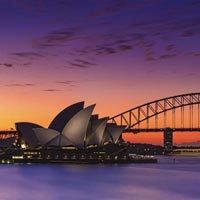 10D/9N
10D/9N
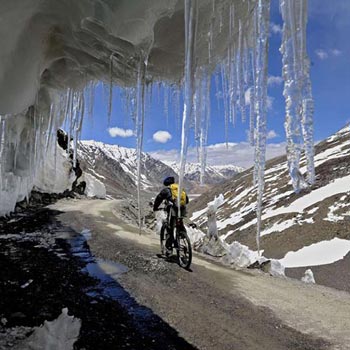 10D/9N
10D/9N
Kinnaur - Kaza - Spiti Romantic Package
Chandigarh City - Shimla - Kinnaur - Kaza - Digboi
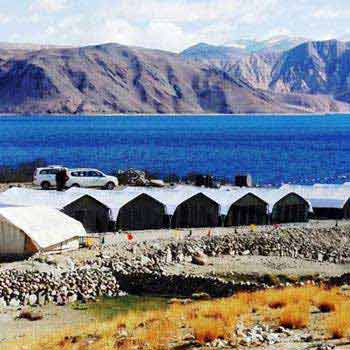 10D/9N
10D/9N
 10D/9N
10D/9N
South India - Kerala & Tamil nadu- 9 N/1..
Kovalam - Munnar - Alleppey - Madurai - Kochi - Kumarakom Thekkady
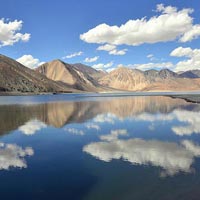 10D/9N
10D/9N
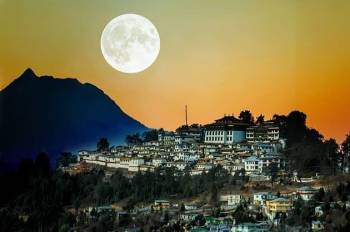 10D/9N
10D/9N
Tawang Kaziranga Shillong Tour
Guwahati - Shillong - Tawang - Kaziranga - Cherrapunji
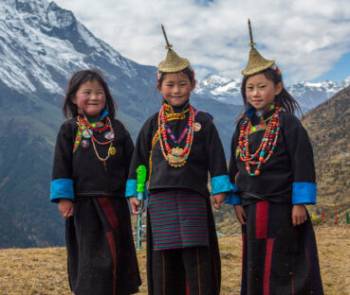 5D/4N
5D/4N
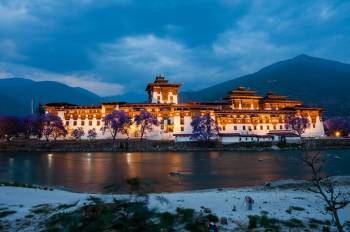 7D/6N
7D/6N
6 Nights/ 7 Days - Bhutan Happiness Tour
Punakha - Bumthang - Paro - Thimphu - Phobjik
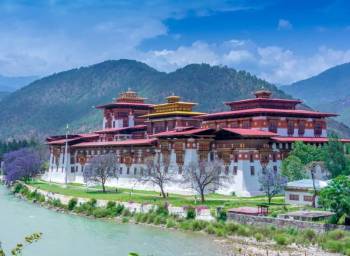 7D/6N
7D/6N
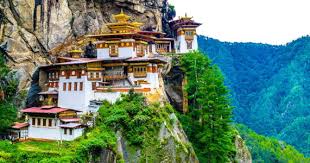 7D/6N
7D/6N
 20D/19N
20D/19N
20 Days Land Package Country Tour Bhutan..
Punakha - Paro - Phuntsholing - Bagdogra - Bumthang - Mongar - Trashigang - Trongsa..
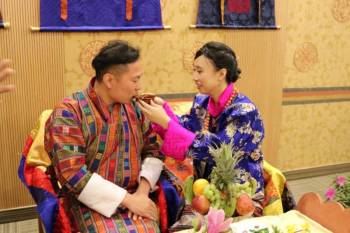 4D/3N
4D/3N
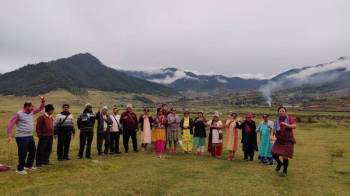 6D/5N
6D/5N
 7D/6N
7D/6N
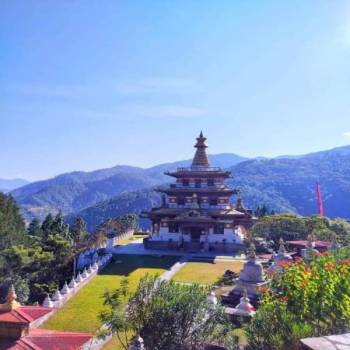 7D/6N
7D/6N
Rimso 7 Days 6 Nights Bountiful Tour fo..
Thimphu - Punakha - Paro - Phuentsholing